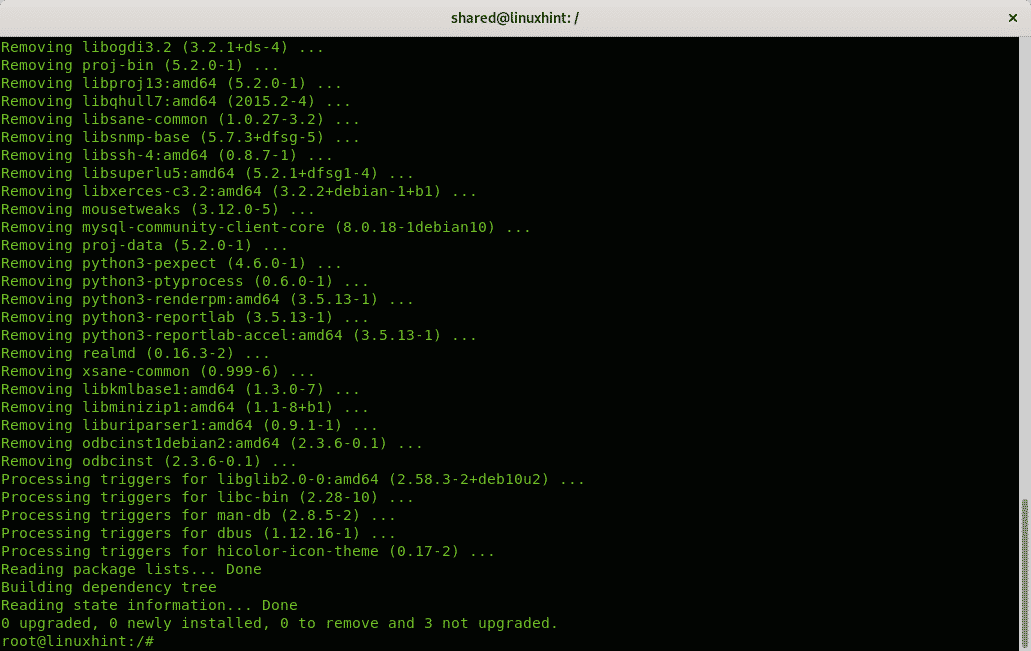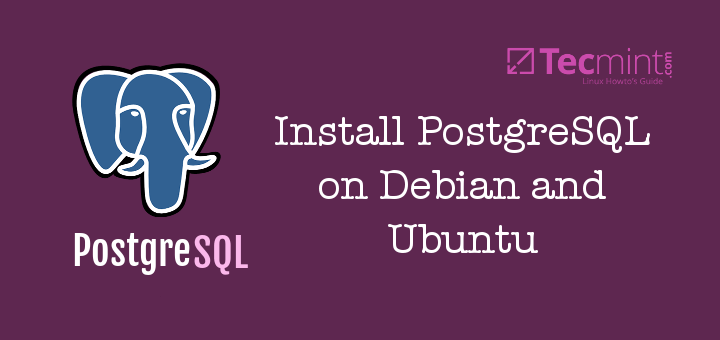

#DEBIAN INSTALL MYSQL PASSWORD#
In the example below, testdb is the name of the database, testuser is the user, and password is the user’s password. Nowarning (\w) Don't show warnings after every statement.įor server side help, type 'help contents' Warnings (\W) Show warnings after every statement. Might be needed for processing binlog with multi-byte charsets. Takes database name as argument.Ĭharset (\C) Switch to another charset. System (\!) Execute a system shell command. Status (\s) Get status information from the server. Nopager (\n) Disable pager, print to stdout. NOTE: Takes the rest of the line as new delimiter.Įgo (\G) Send command to mysql server, display result vertically. Optional arguments are db and host.ĭelimiter (\d) Set statement delimiter. Note that all text commands must be first on line and end with ' 'Ĭonnect (\r) Reconnect to the server. You’ll then see: List of all MySQL commands: To generate a list of commands for the MySQL prompt, enter \h. You’ll then be presented with a welcome header and the MySQL prompt as shown below: mysql> To log in to MySQL as the root user: mysql -u root -p The MySQL client is used through a terminal. The standard tool for interacting with MySQL is the mysql client which installs with the mysql-server package. You can read more about the script in the MySQL Reference Manual. It is recommended that you answer yes to these options. You will be given the choice to change the MySQL root password, remove anonymous user accounts, disable root logins outside of localhost, and remove test databases. Run the mysql_secure_installation script to address several security concerns in a default MySQL installation. If you decide to bind MySQL to your public IP, you should implement firewall rules that only allow connections from specific IP addresses. Is there a better way to try and reinstall MySQL / MariaDB.Allowing unrestricted access to MySQL on a public IP not advised, but you may change the address it listens on by modifying the bind-address parameter in /etc/my.cnf. I gather from the output that the database wasn't completely removed ("Do you already have another mysqld server running on port: 3306?"). Jan 24 23:08:25 debian systemd: Failed to start LSB: Start and stop the mysql database server daemon. Jan 24 23:08:25 debian systemd: rvice: Control process exited, code=exited status=1 Jan 24 23:08:25 debian mysql: Starting MariaDB database server: mysqld. Jan 24 23:08:25 debian /etc/init.d/mysql: Check that mysqld is running and that the socket: '/var/run/mysqld/mysqld.sock' exists! Jan 24 23:08:25 debian /etc/init.d/mysql: error: 'Can't connect to local MySQL server through socket '/var/run/mysqld/mysqld.sock' (2 "No such file or directory")'

Jan 24 23:08:25 debian /etc/init.d/mysql: 0 processes alive and '/usr/bin/mysqladmin -defaults-file=/etc/mysql/debian.cnf ping' resulted in Jan 24 23:07:58 debian mysqld_safe: mysqld from pid file /var/run/mysqld/mysqld.pid ended # apt-get install mariadb-server mariadb-client I thought the easiest solution would be to reinstall MariaDB: # apt-get purge mysql-server mysql-client mysql-common mysql-server-core-5.5 mysql-client-core-5.5 After installing a LAMP stack on Debian Stretch I encountered all sorts of issues with MySQL / MariaDB (couldn't log in as root from my normal user and then root had no privileges).


 0 kommentar(er)
0 kommentar(er)
